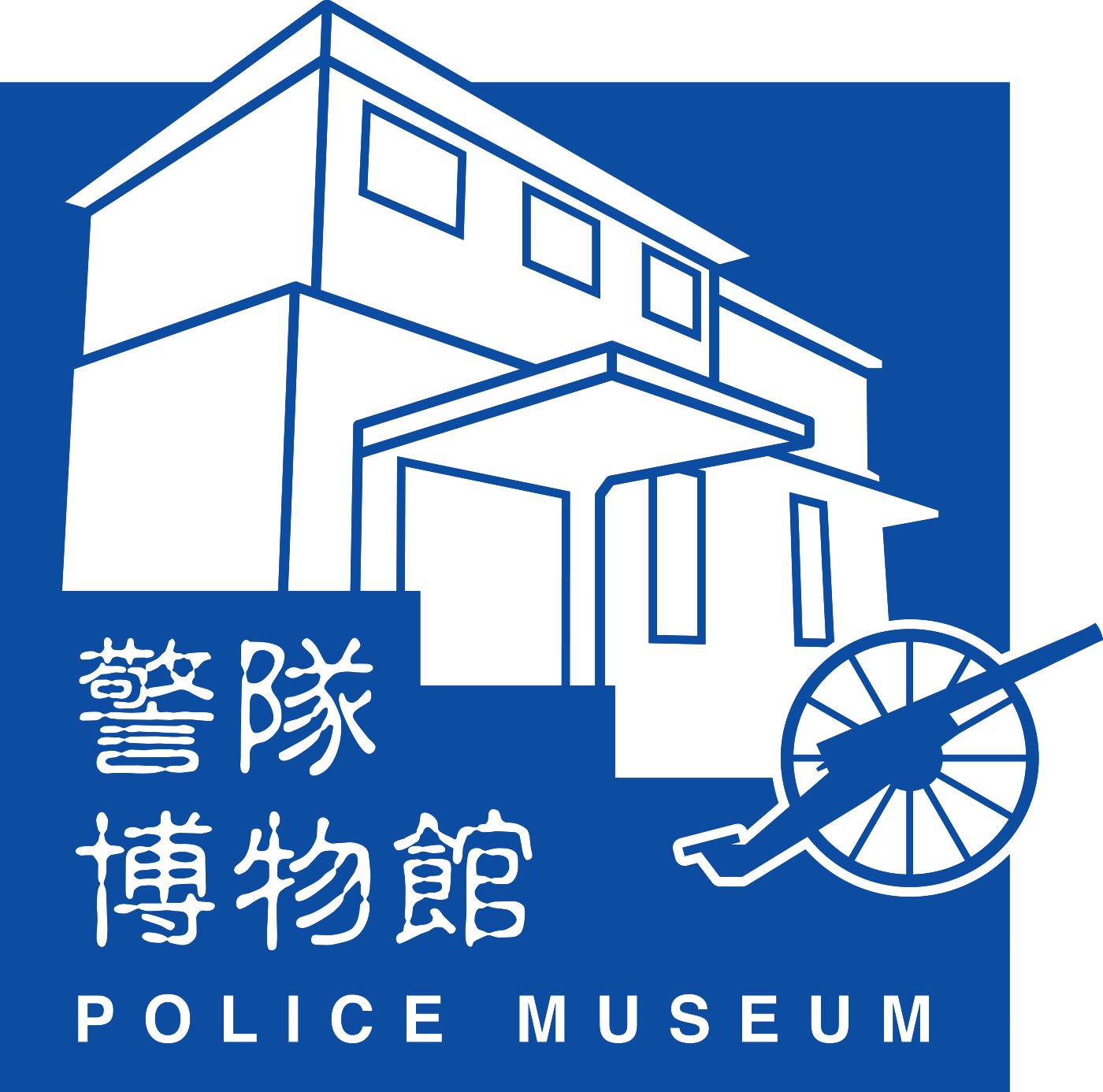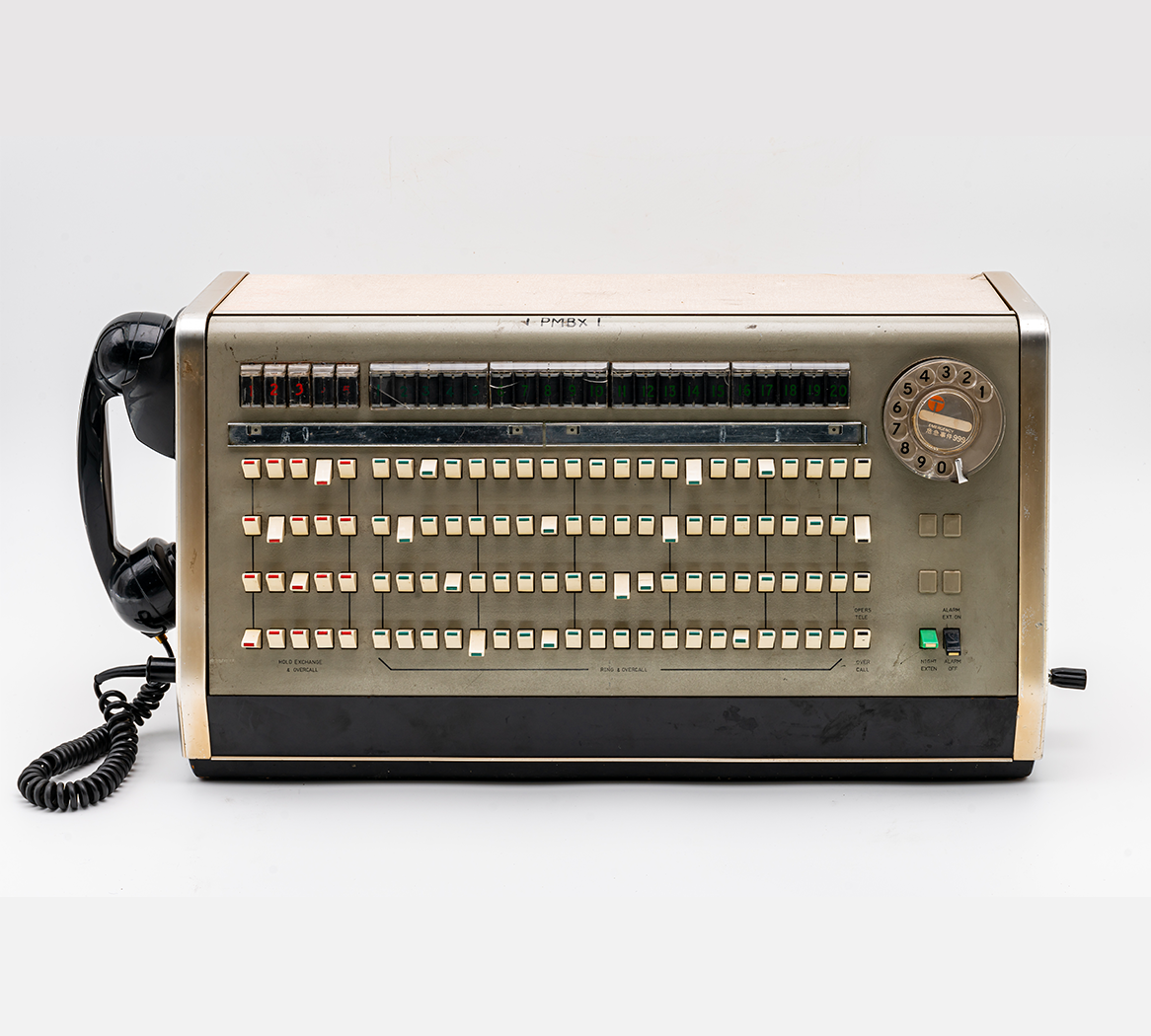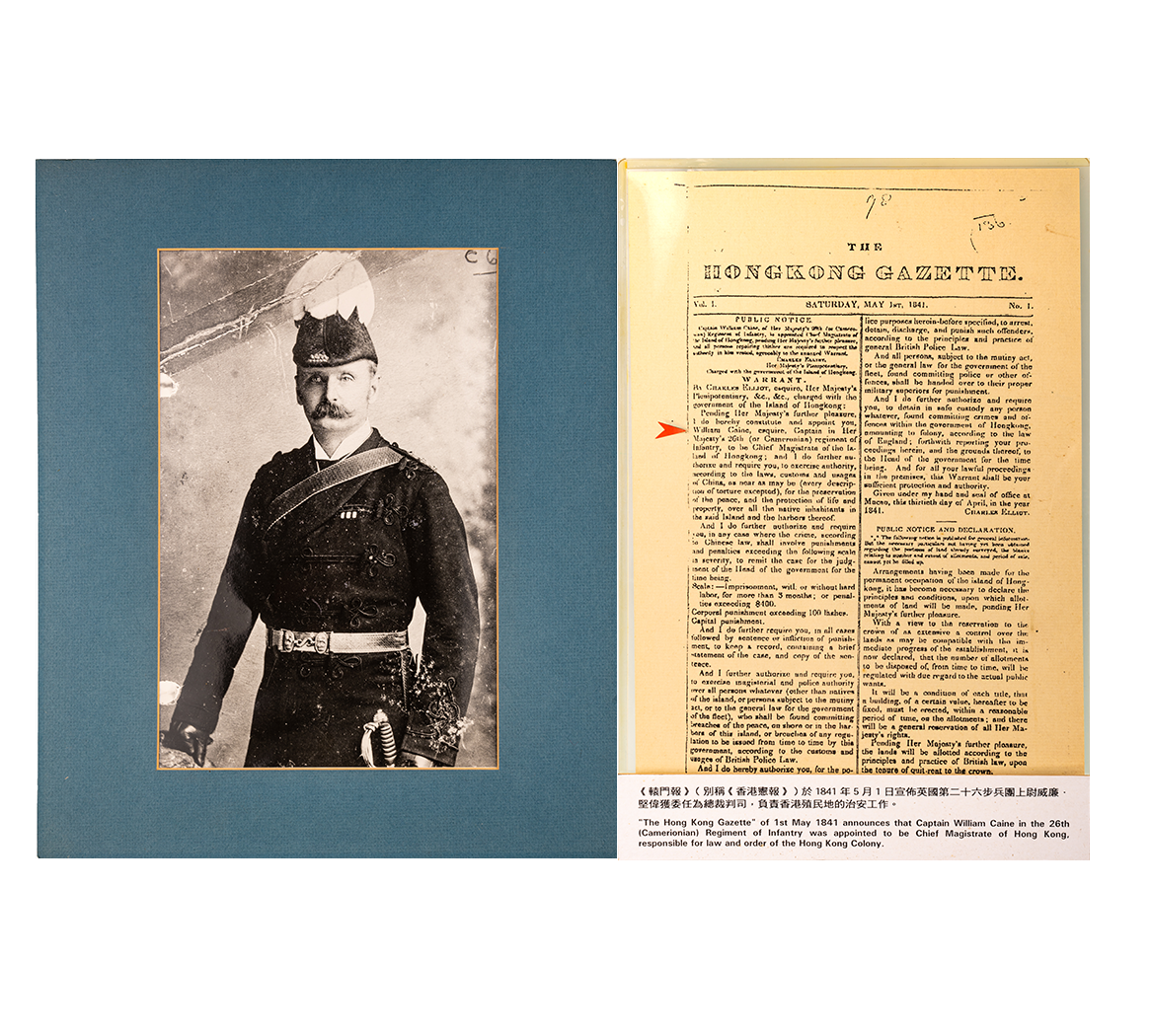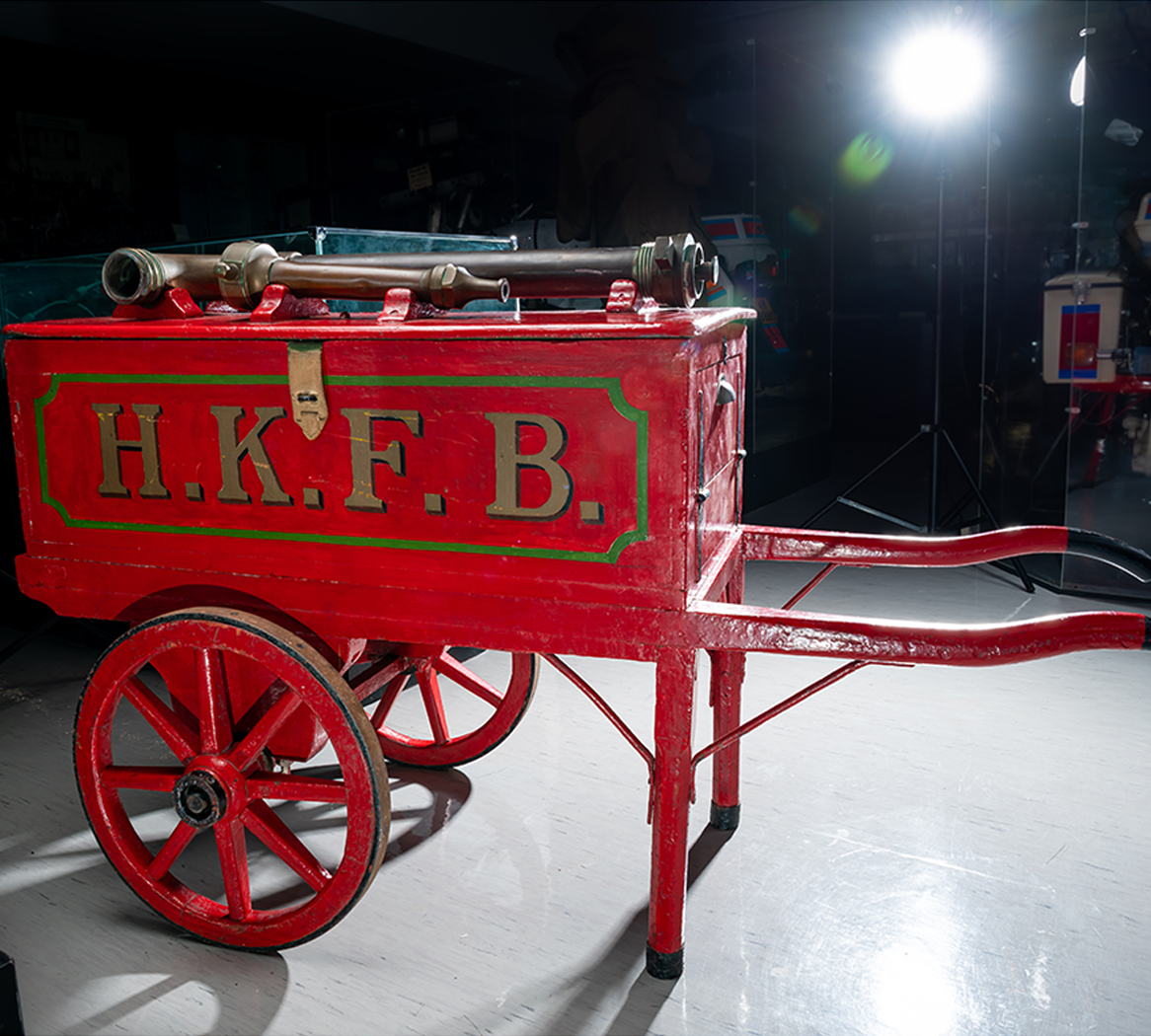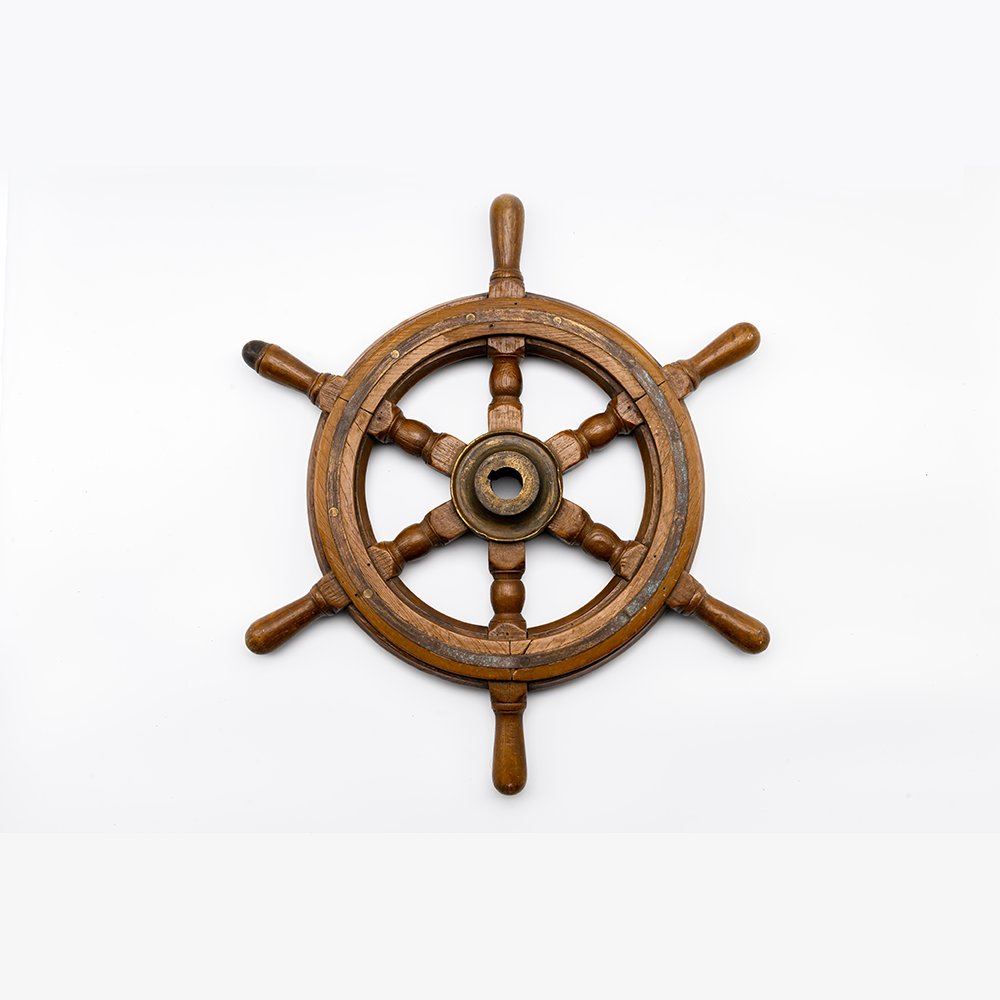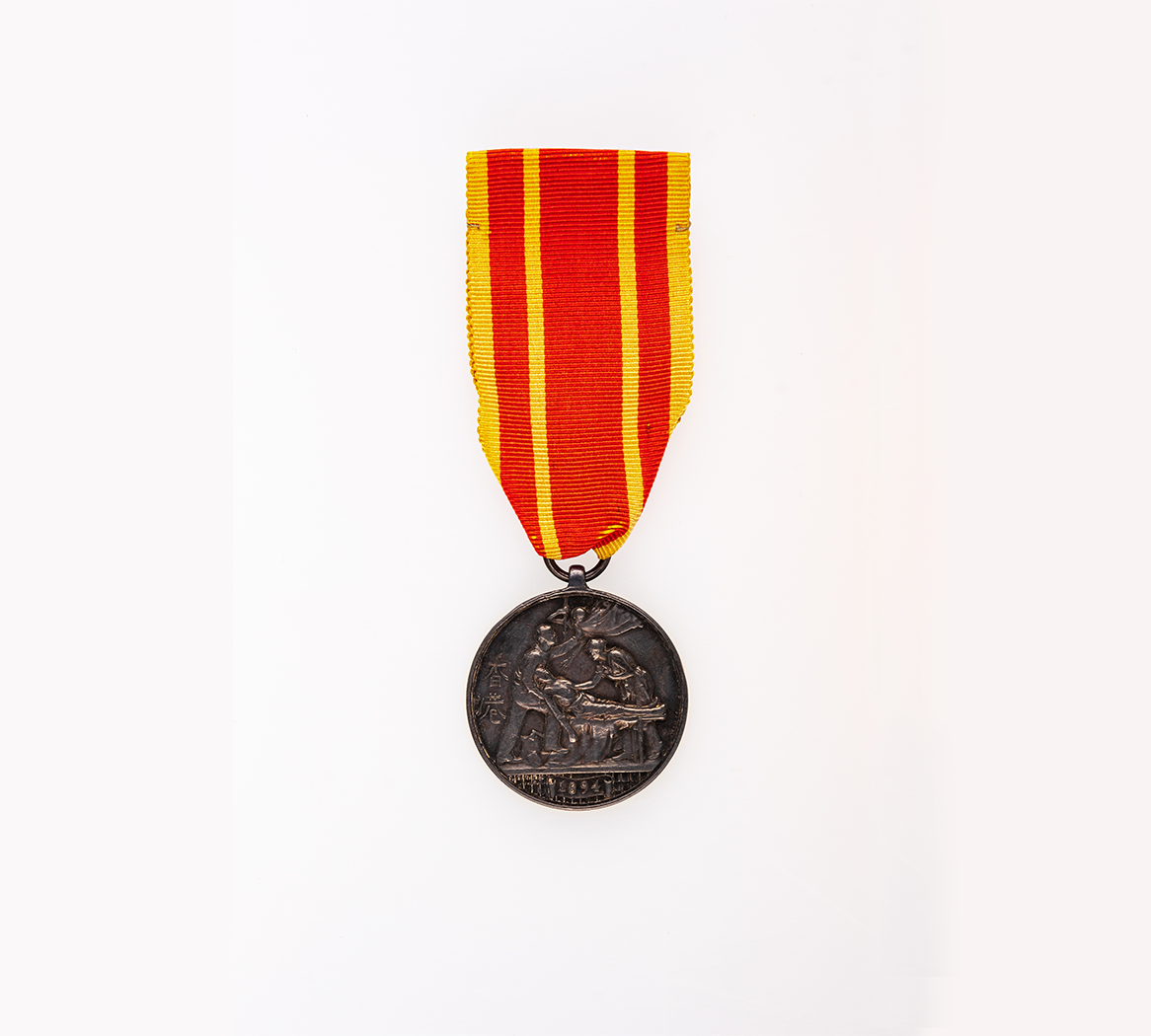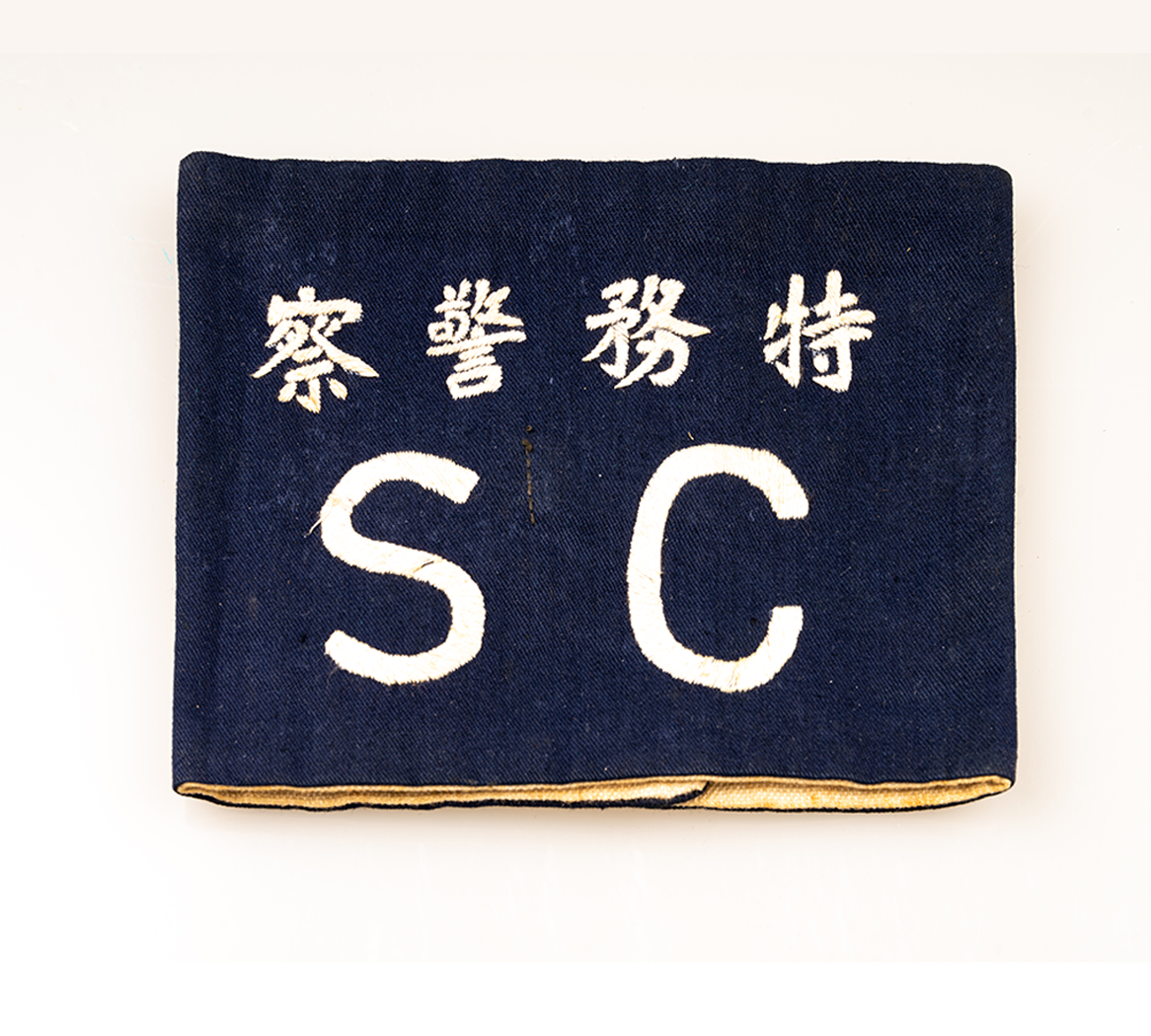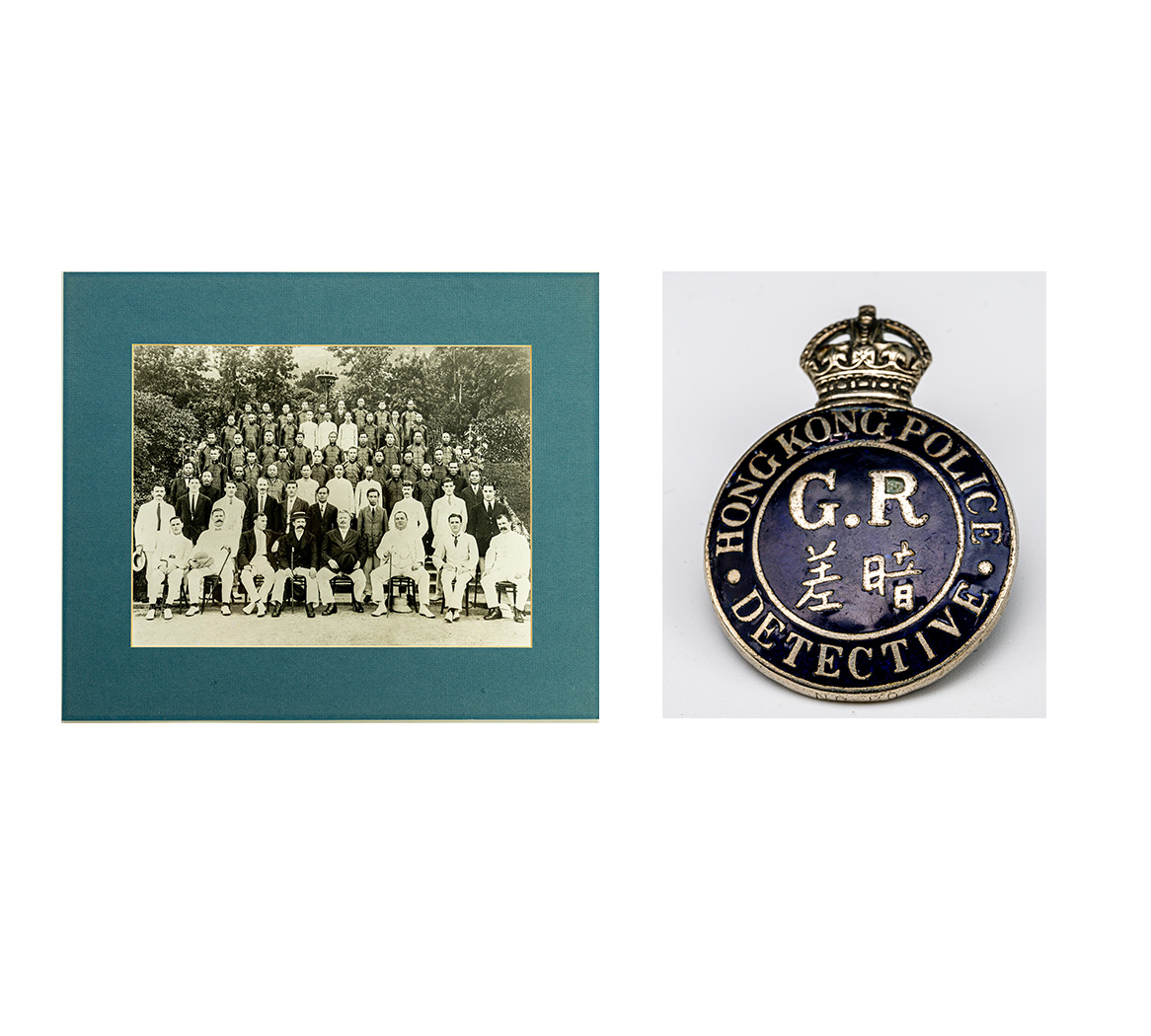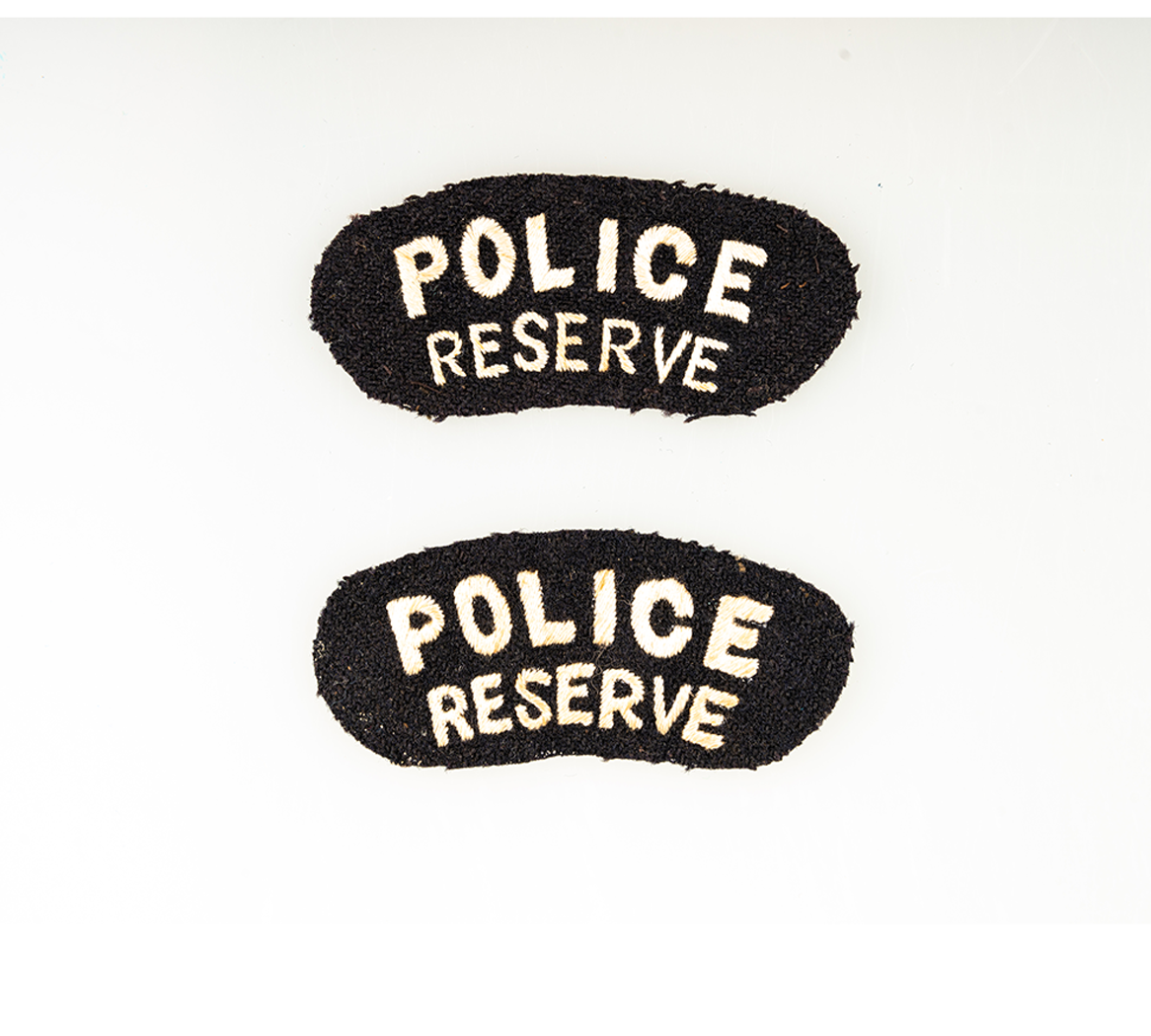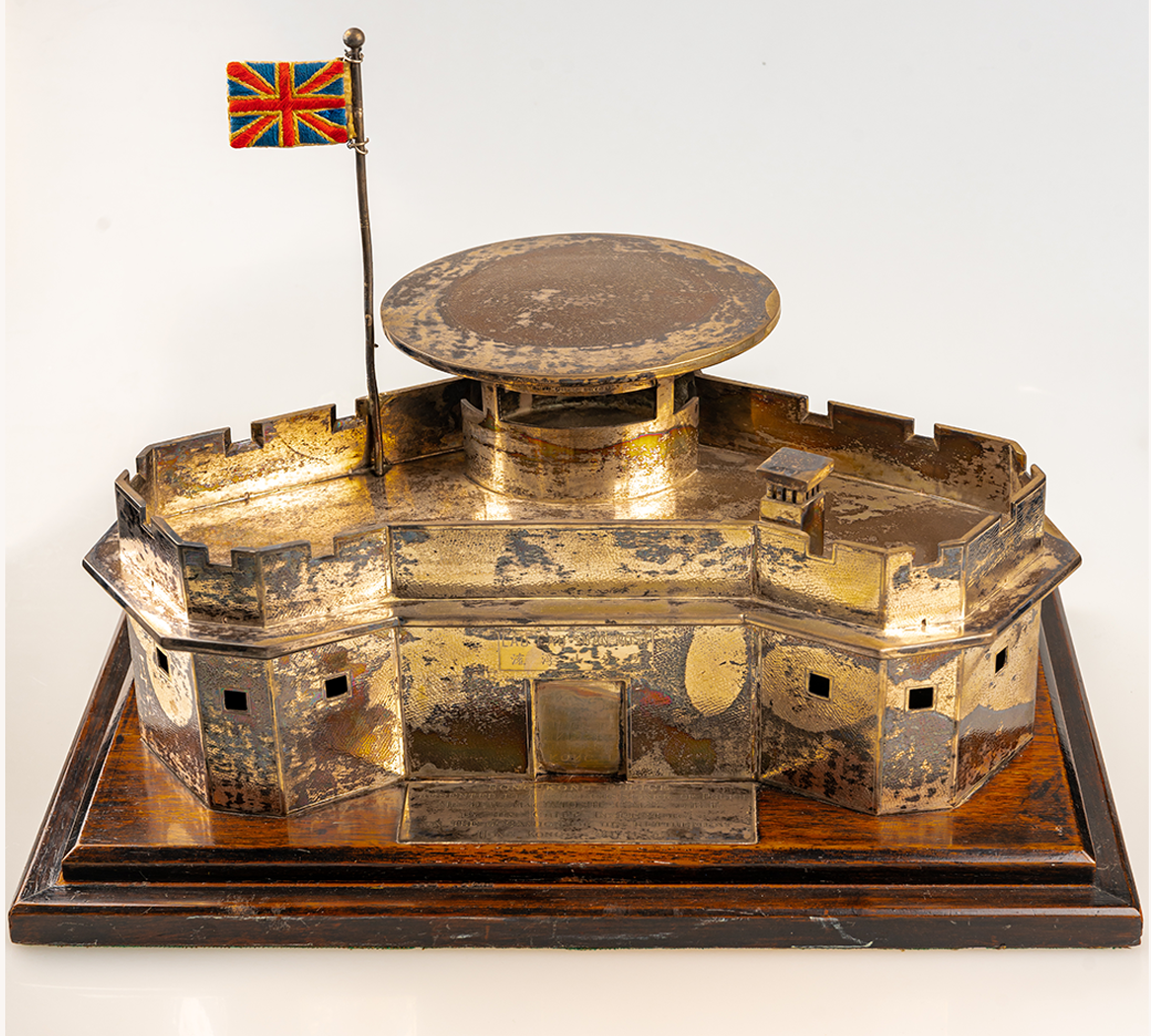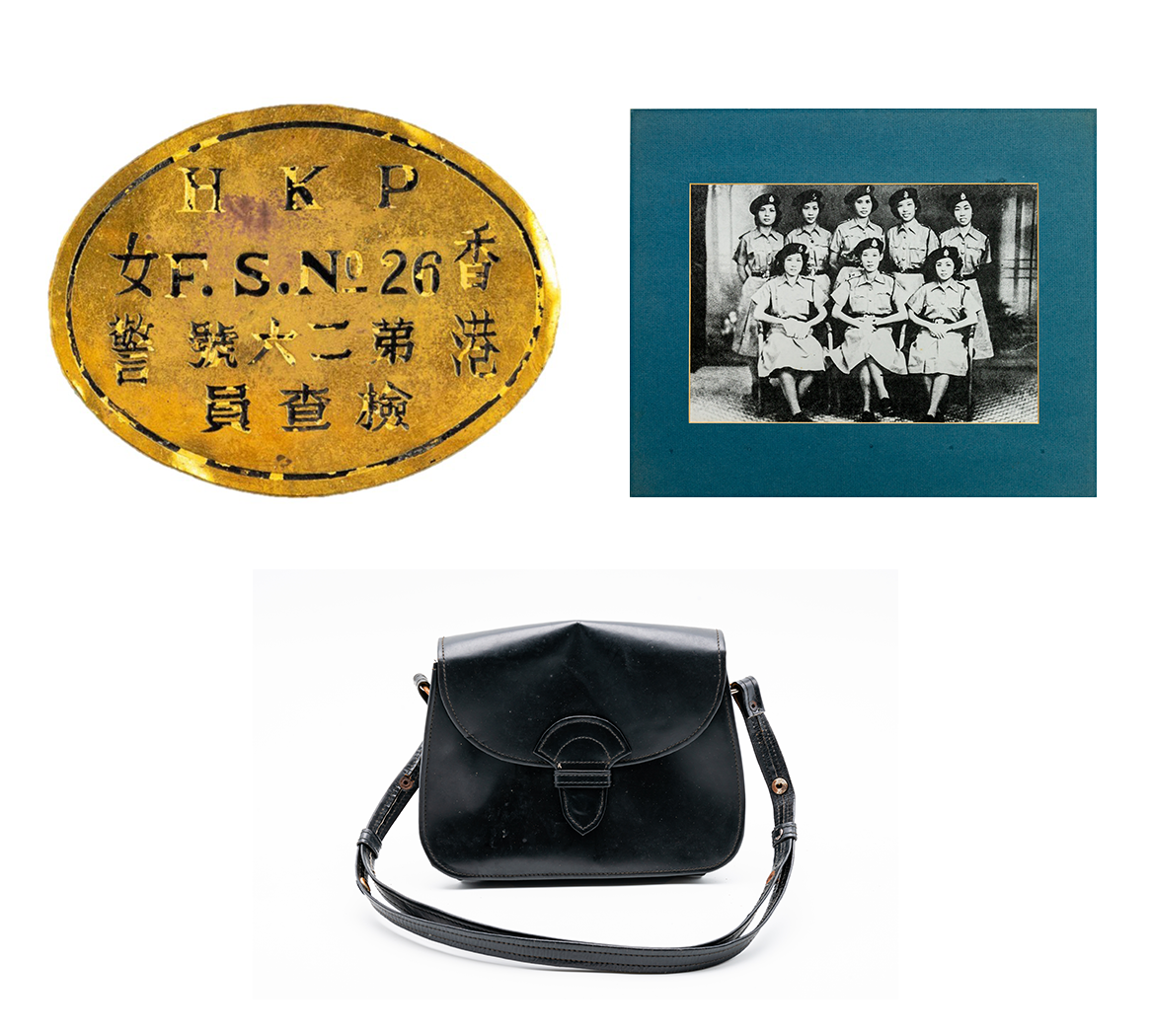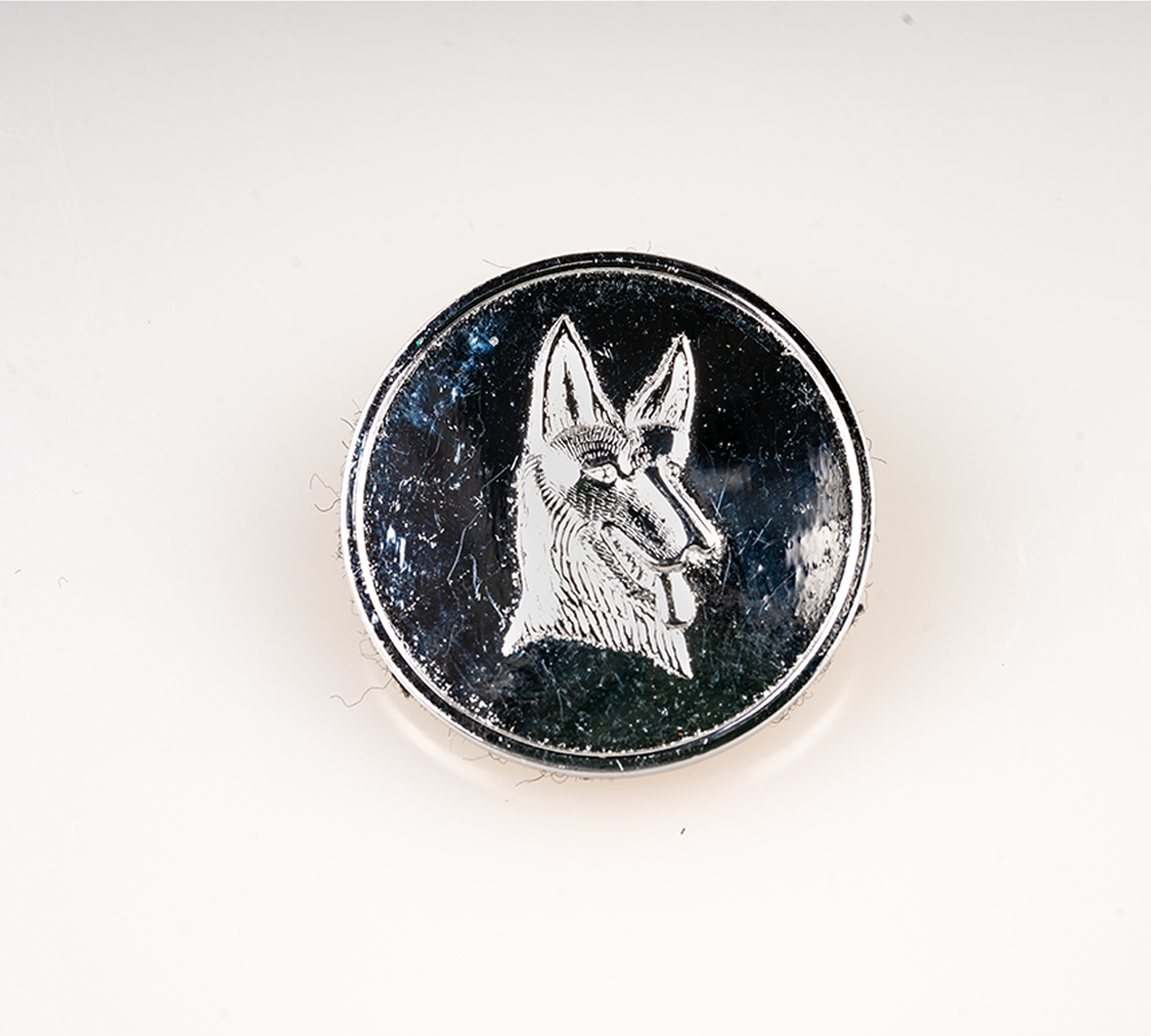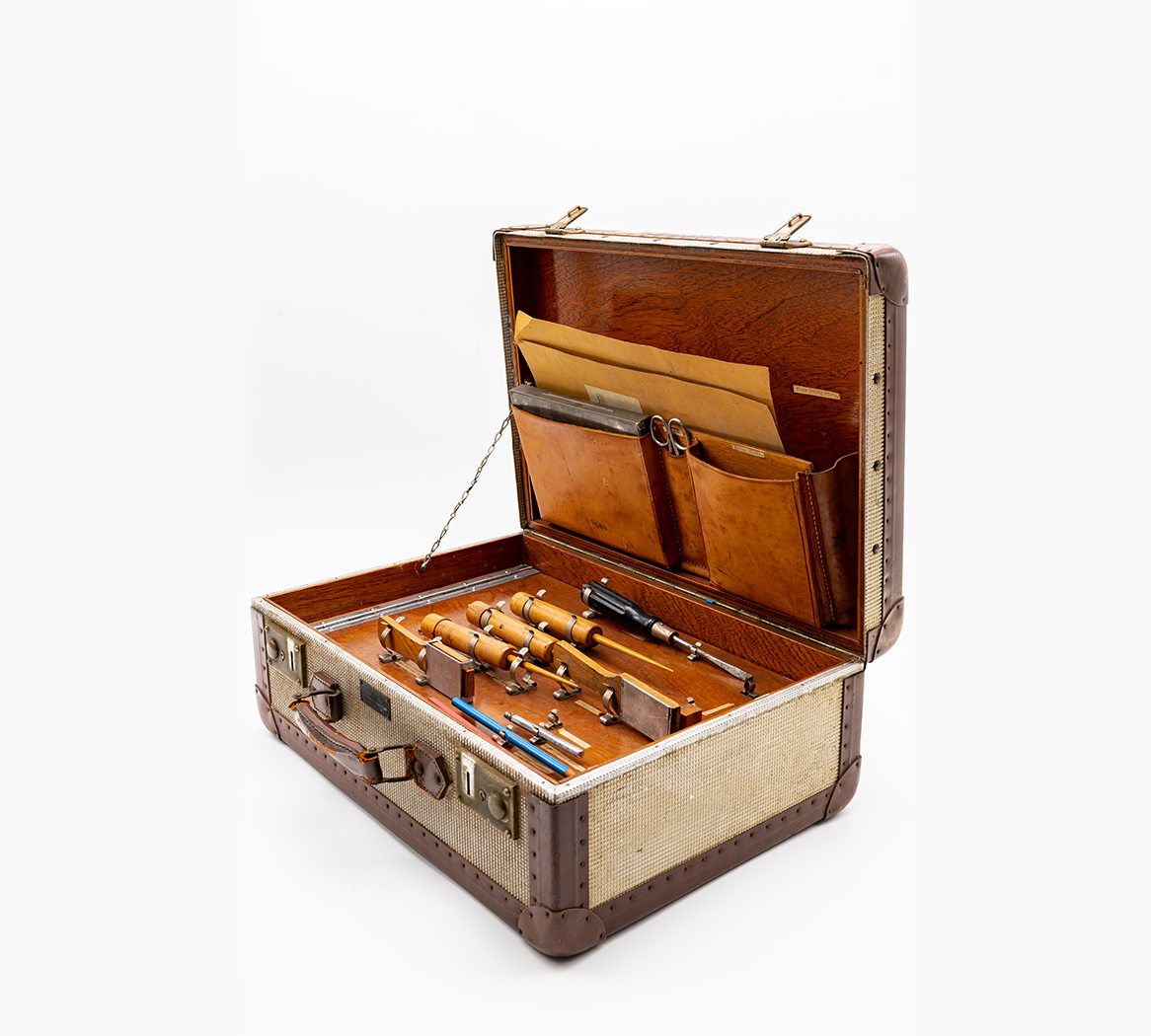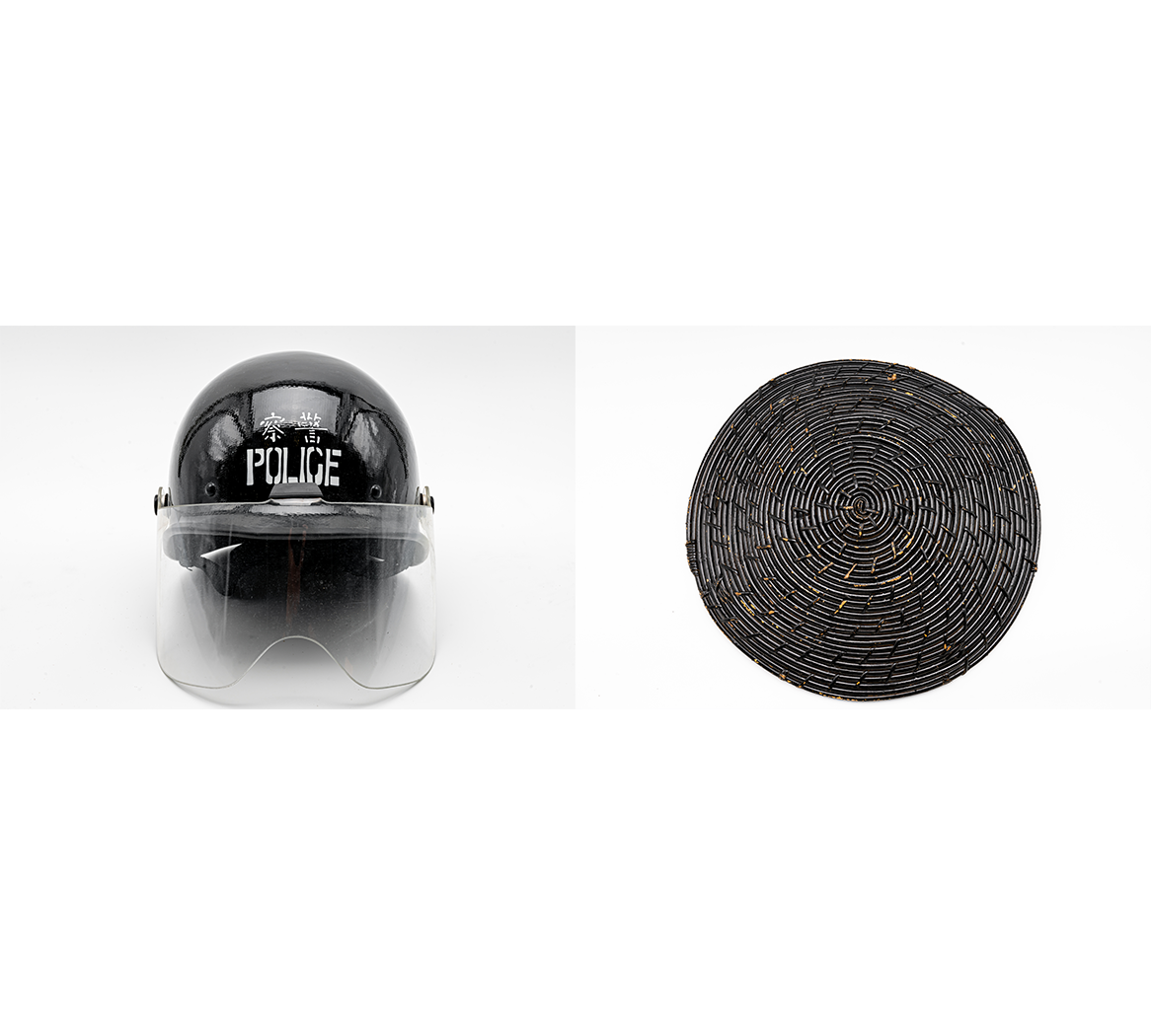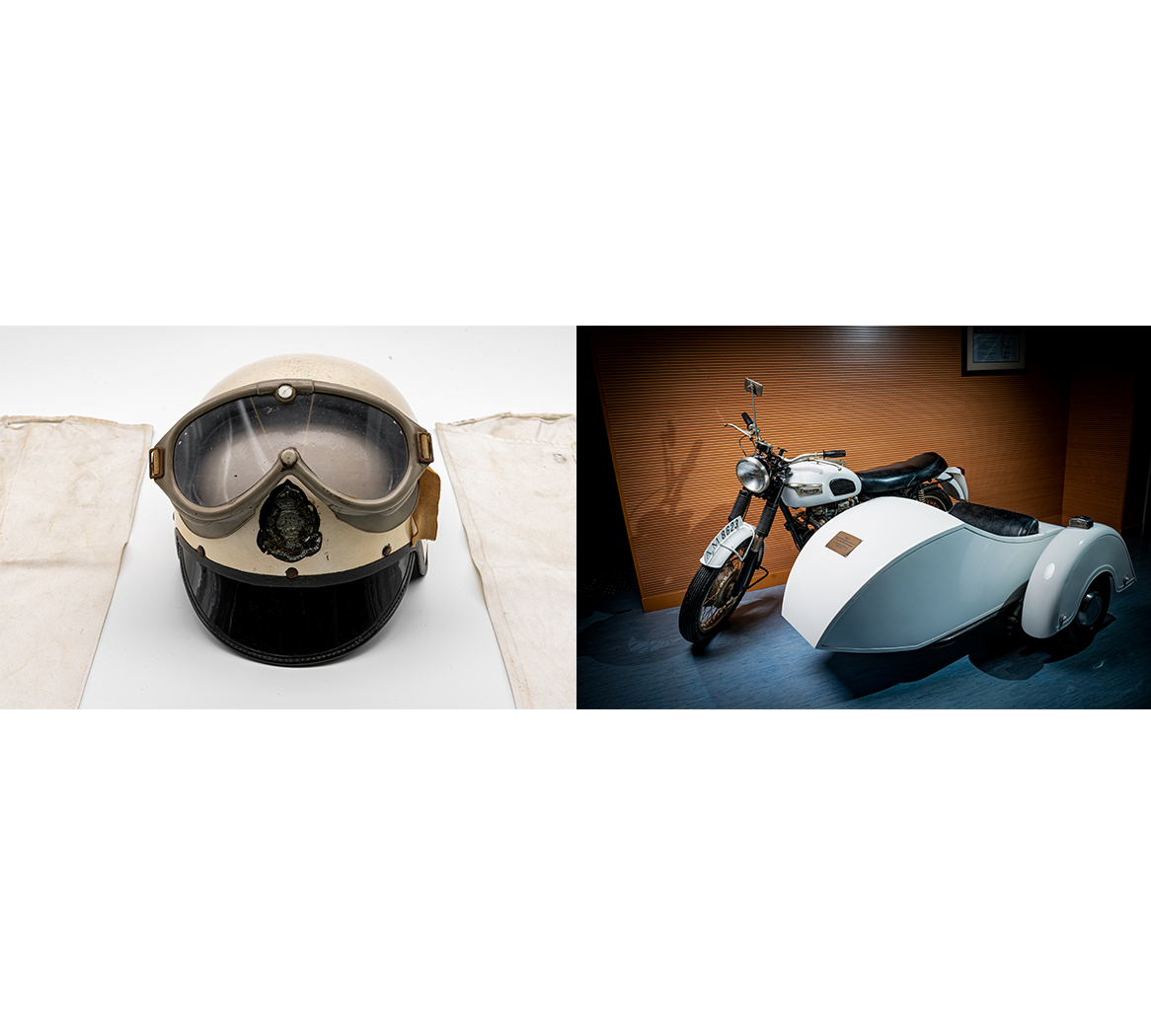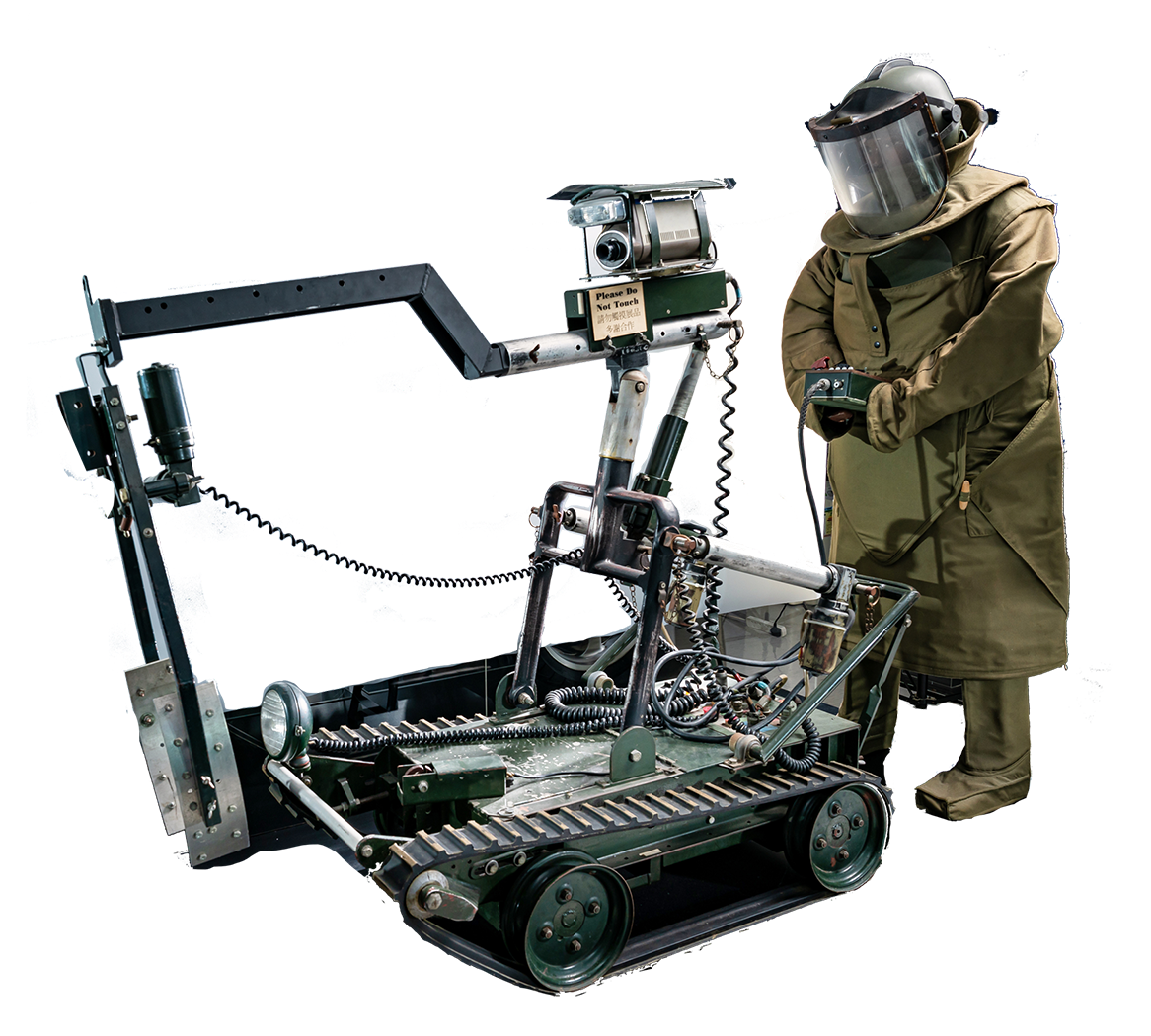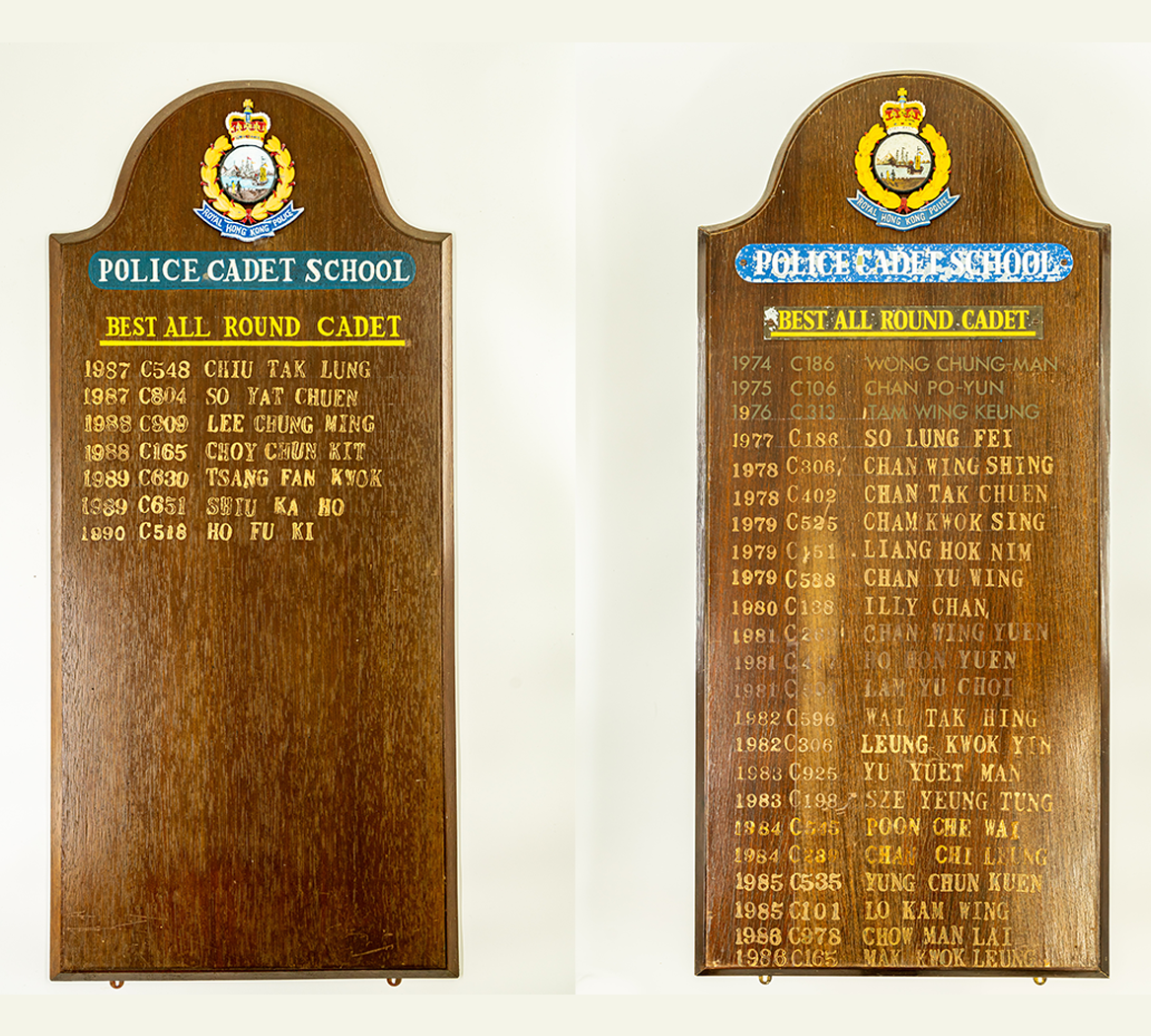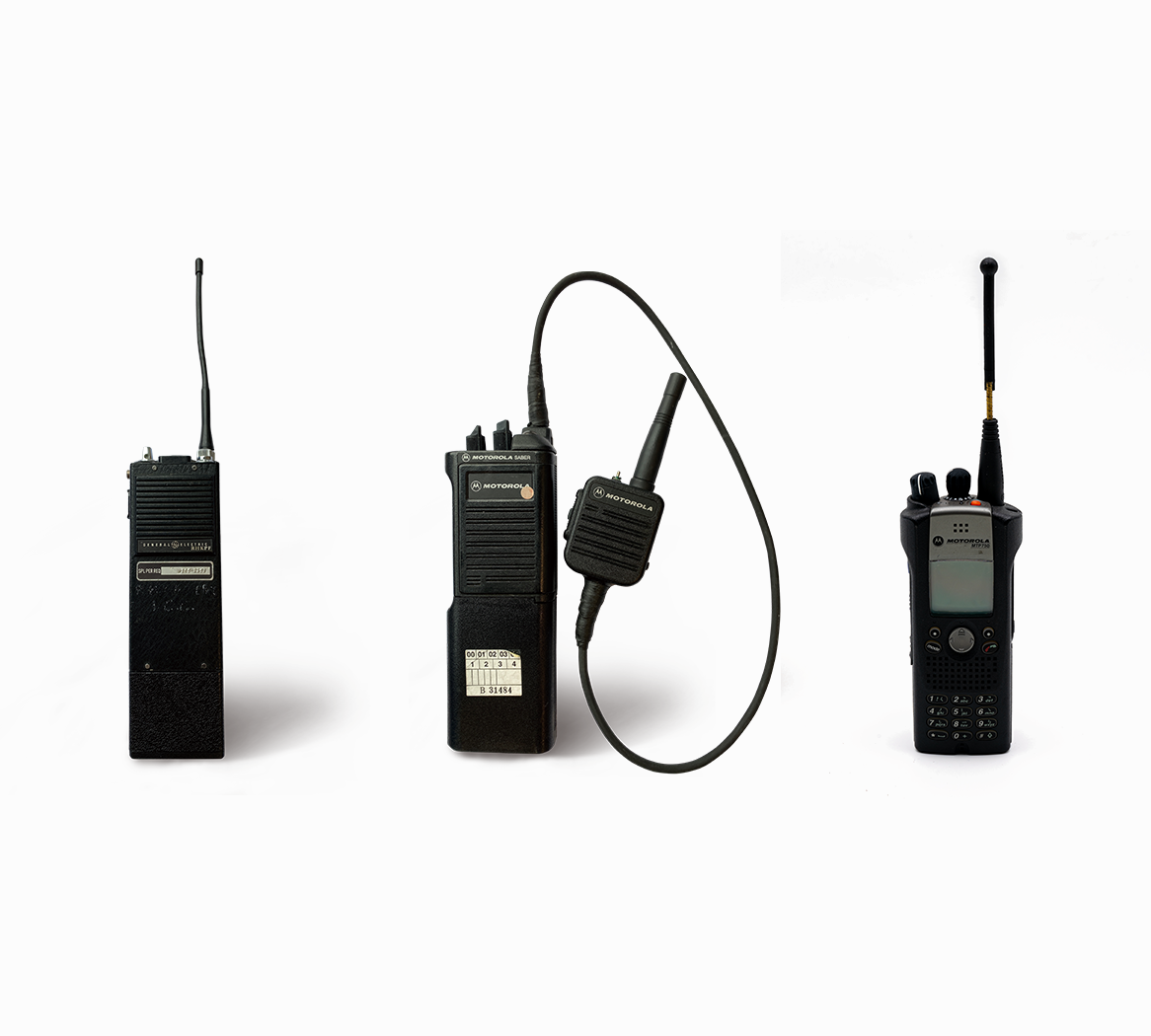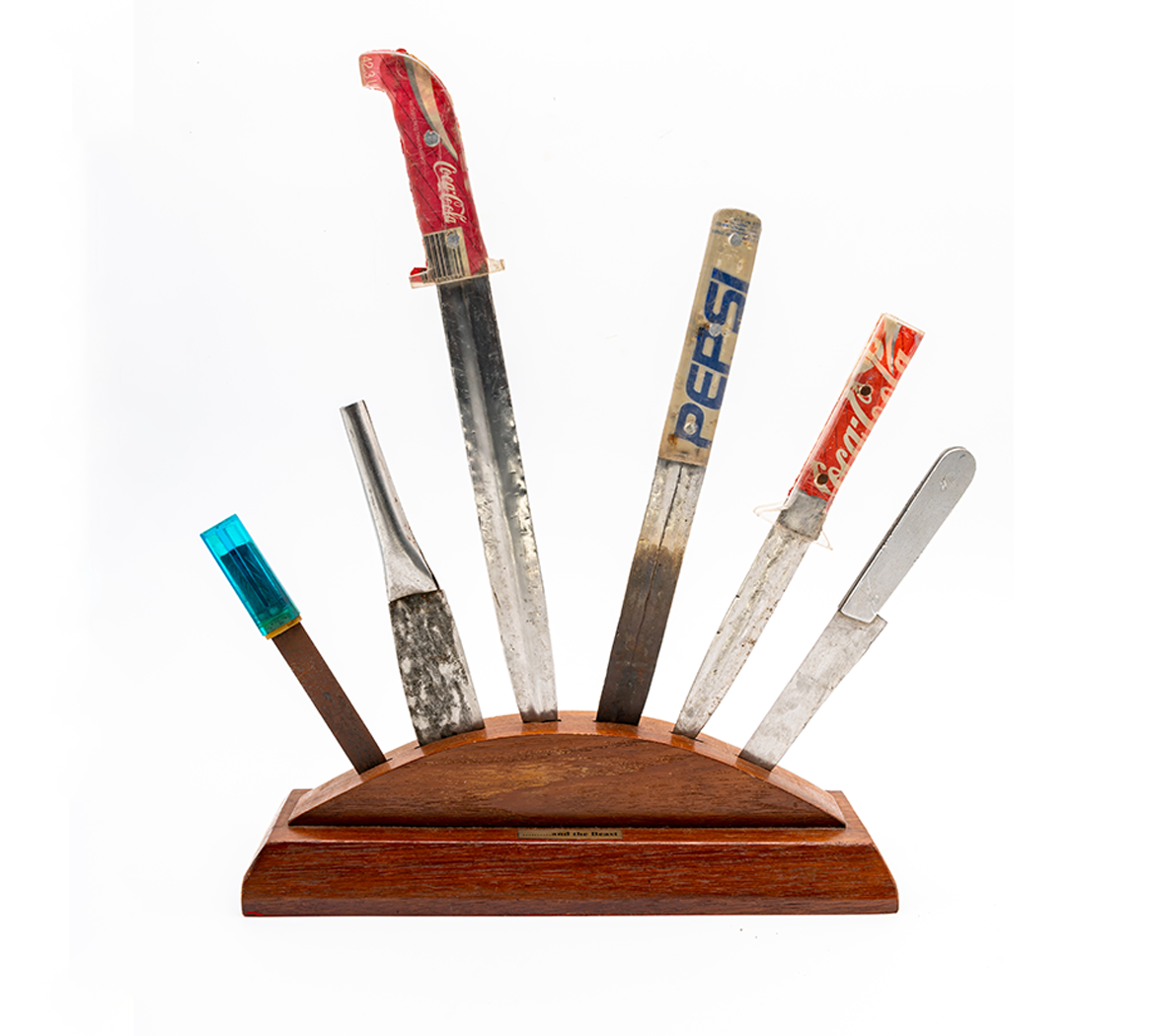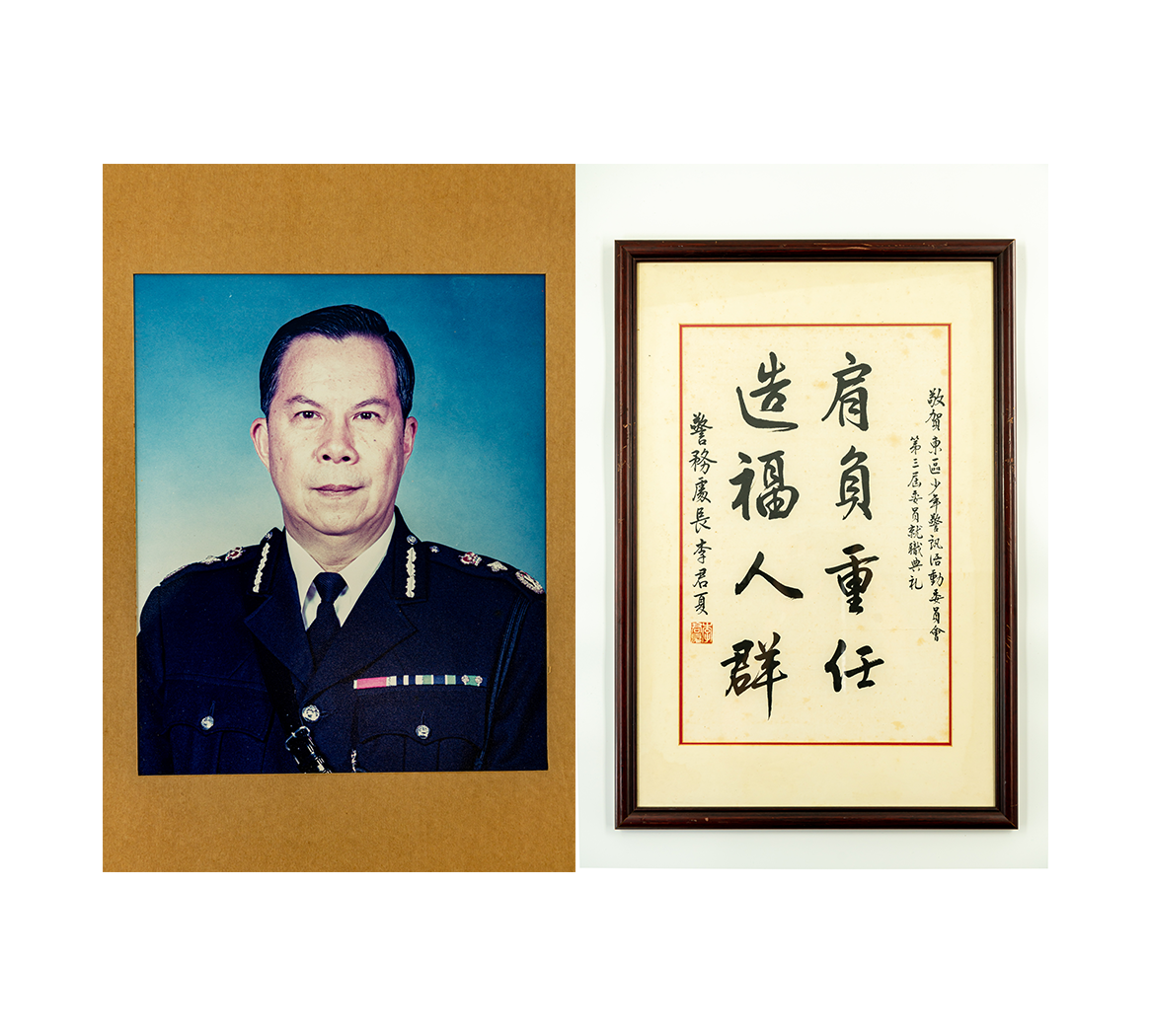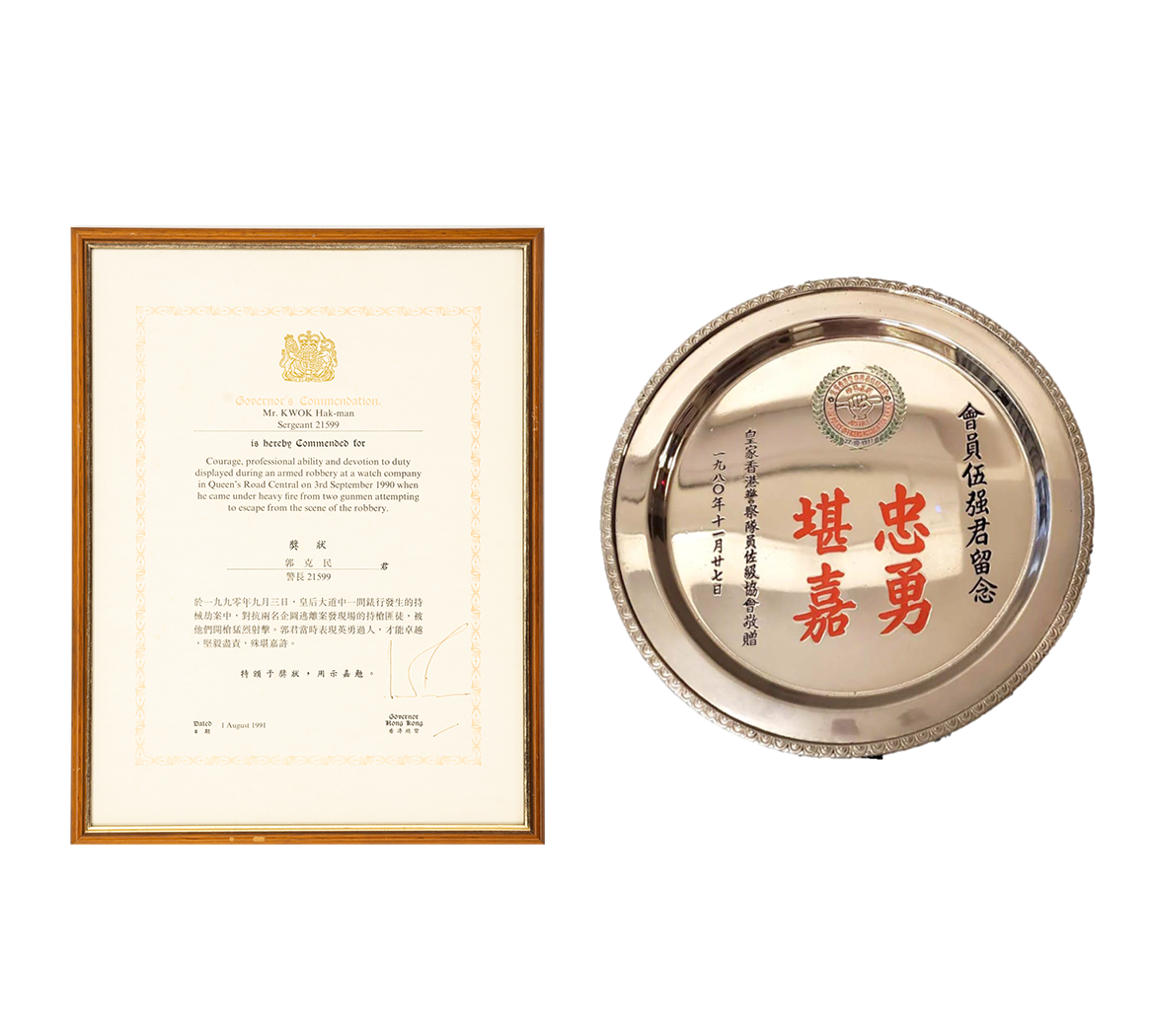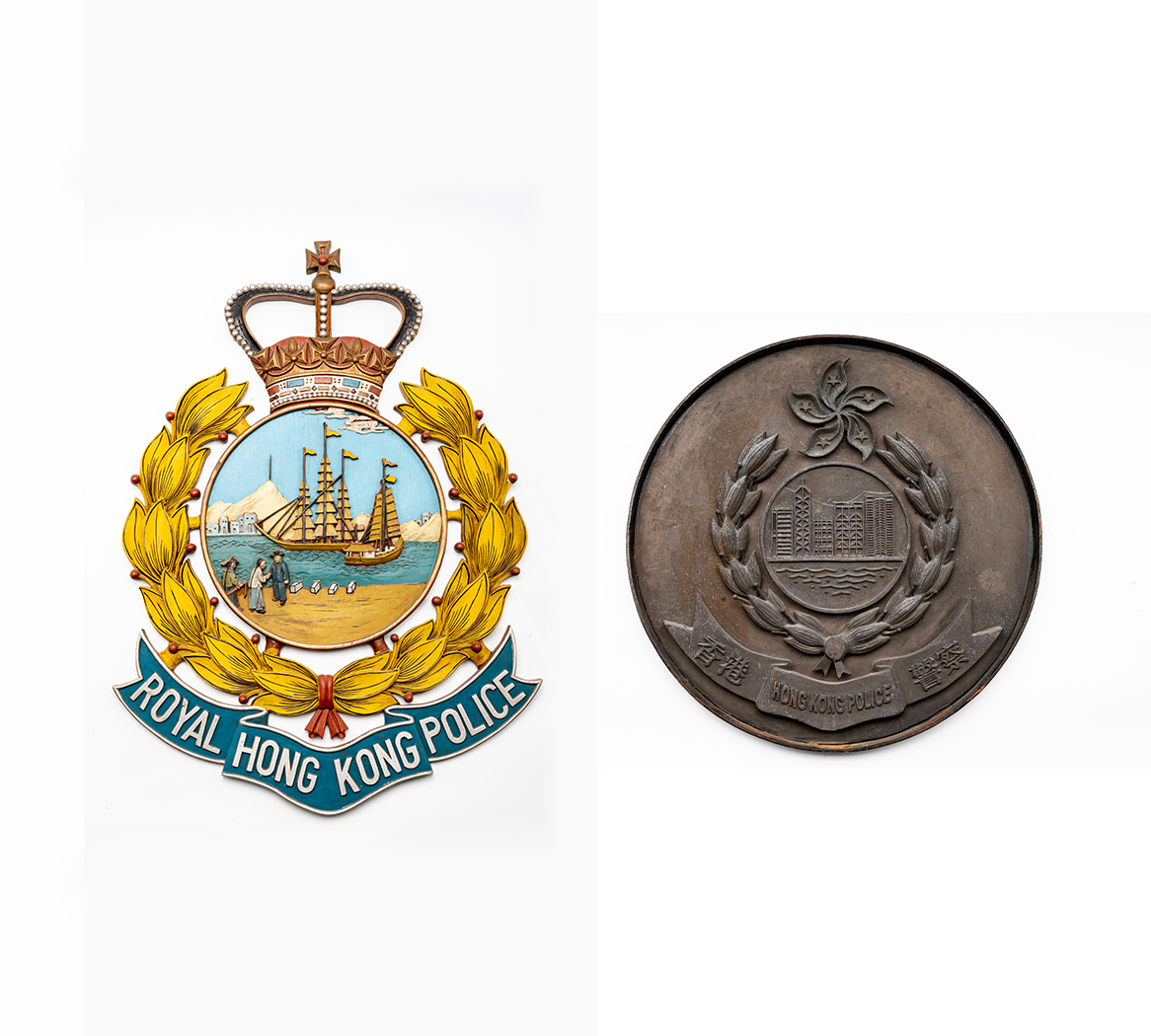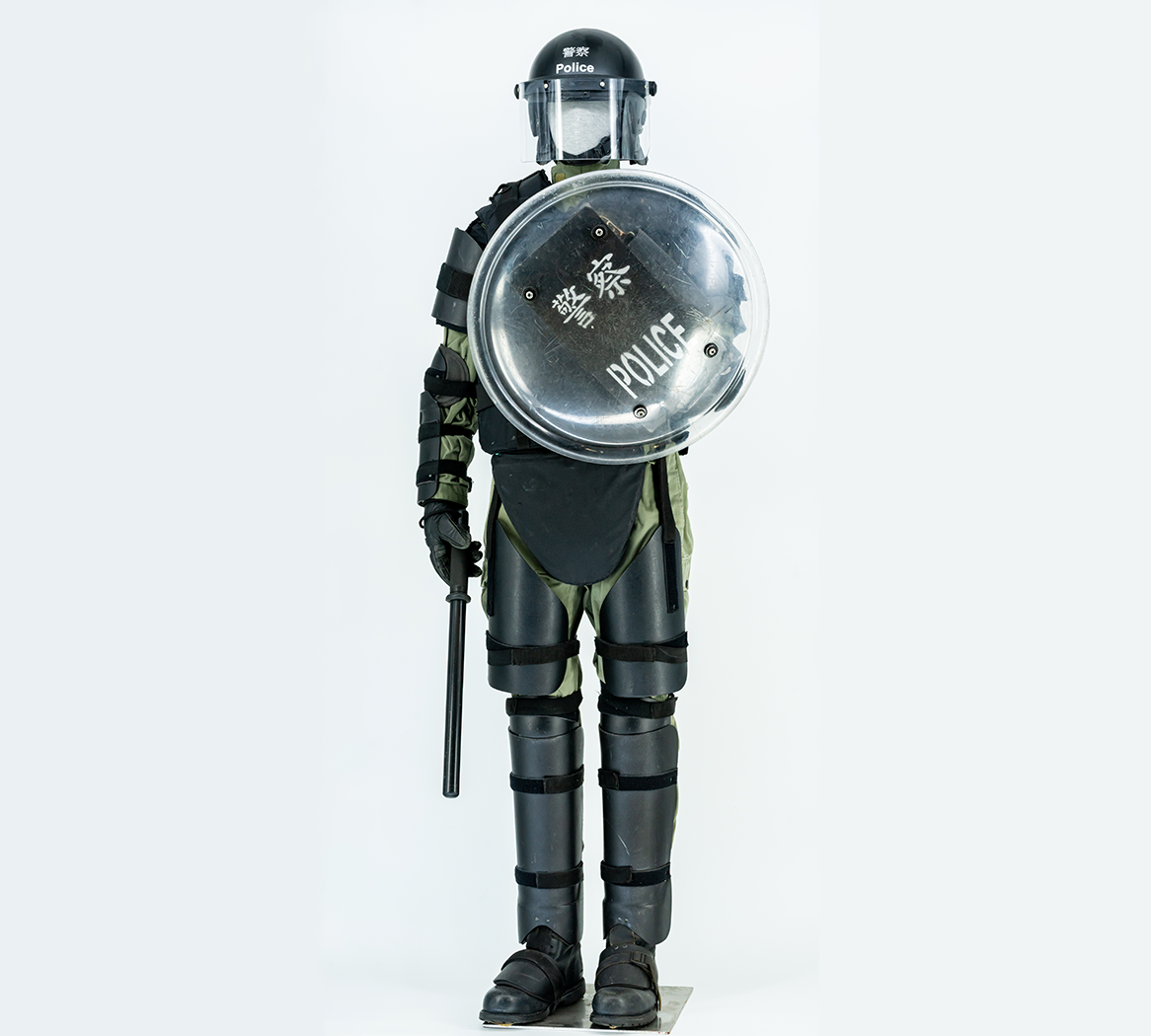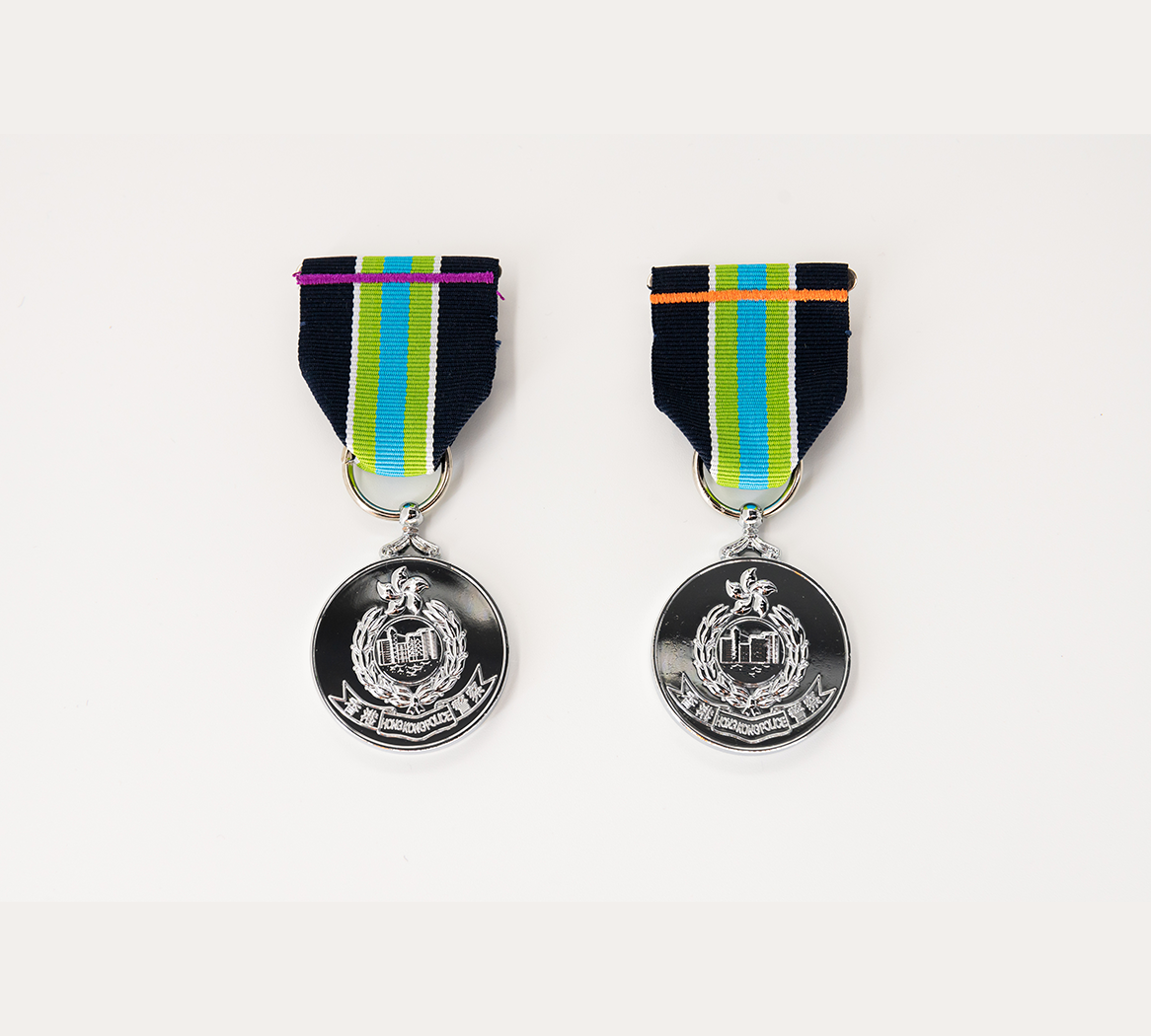Description
Before World War II, there was no radio communication system between the Police Headquarters and the police stations in different districts. Consequently, it was difficult to communicate within the Force. The year 1948 saw the establishment of the Communications Division, which enabled the Police Headquarters to communicate with the police stations and the Marine Police through the 999 emergency communication system. In 1950 the system was extended to become a public reporting hotline to facilitate access to the police, fire and ambulance services.
Nowadays, police work in Hong Kong is carried out in six regions, with 24 police districts each having a radio console to answer 999 emergency calls.
The Force’s current performance pledges for the 999 helpline are:
Strive to answer incoming calls within 9 seconds.
Strive to respond to all genuine emergency calls within a set time frame from the time the call is received at the 999 console until the police officer arrives: an average of 9 minutes for Hong Kong Island and Kowloon and 15 minutes for the New Territories.
In 2021, the Force received more than 2,248,000 emergency telephone calls, an average of 6,161 calls per day. The calls were responded to within an average of 6.7 seconds.
Why is the number 999? The 999 emergency system was introduced from the United Kingdom. The 999 emergency telephone service began in London in 1937. The service was extended across the United Kingdom in 1948. At that time, it was common for British people to make calls at public coin-operated telephone booths. As the telephones were in the rotary style, the number 9 was the easiest to dial as a toll-free number. It was also easy to dial number 9 when it was dark or smoky. Therefore, the number was set for the convenience of members of the public.

